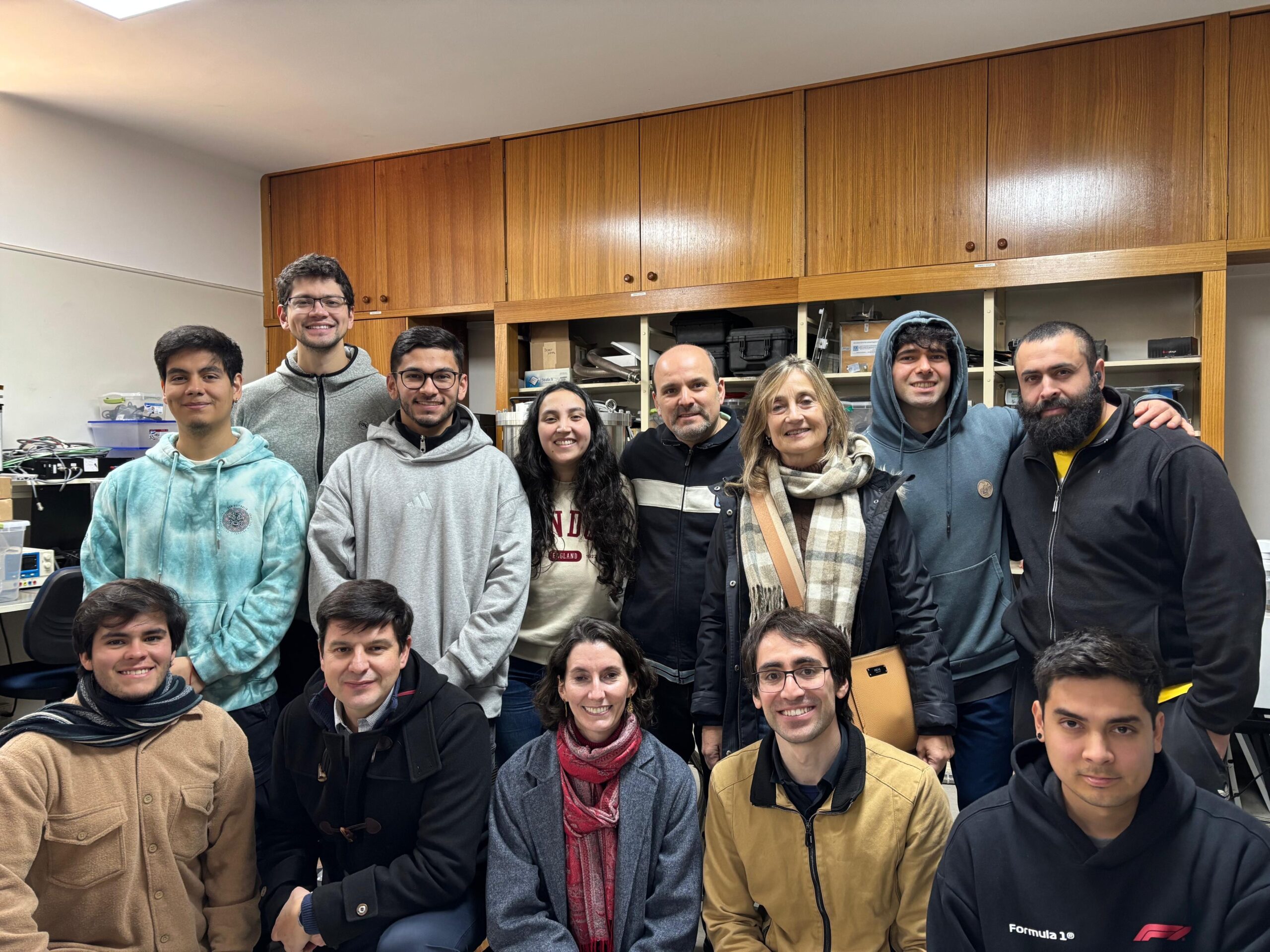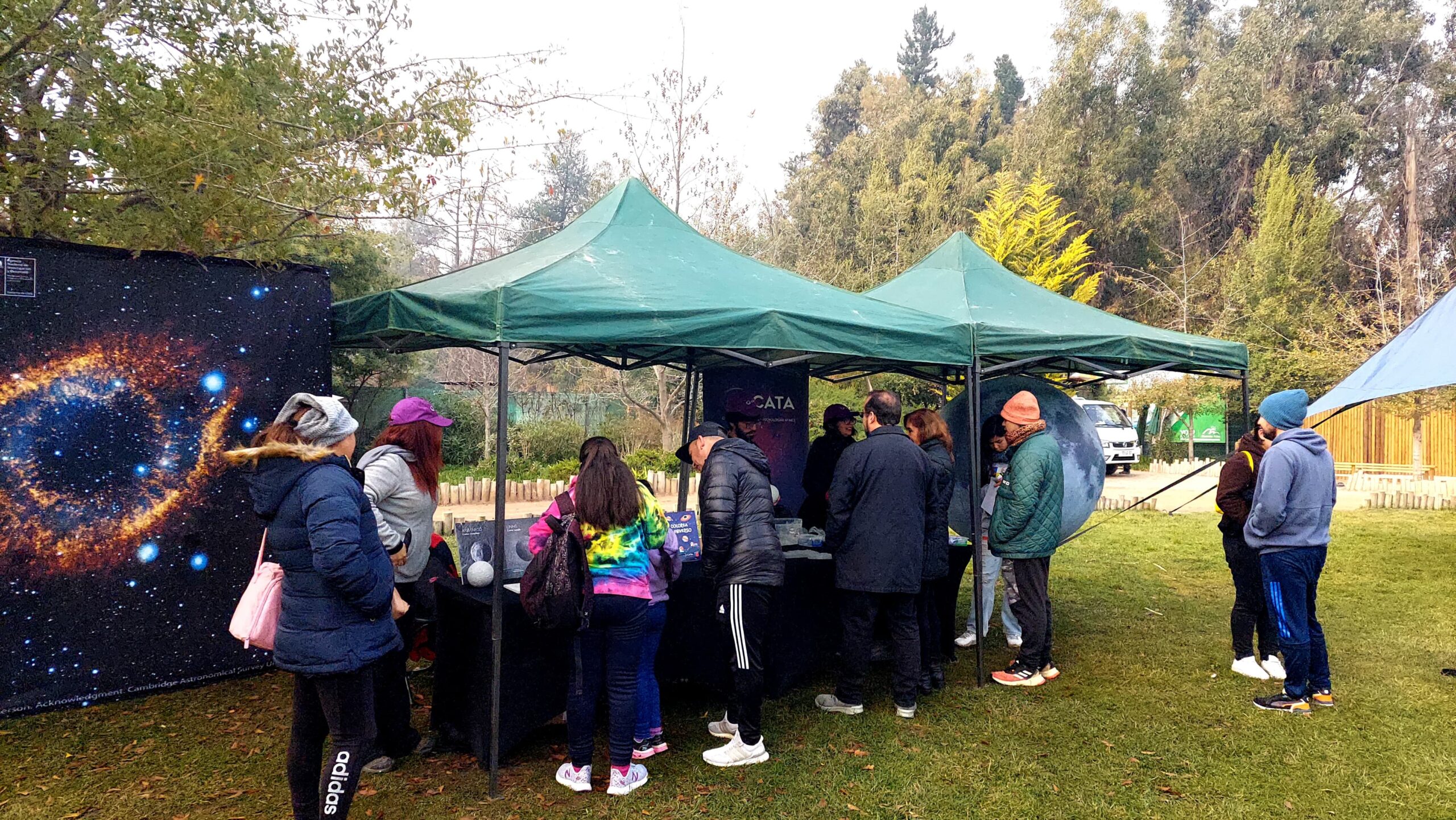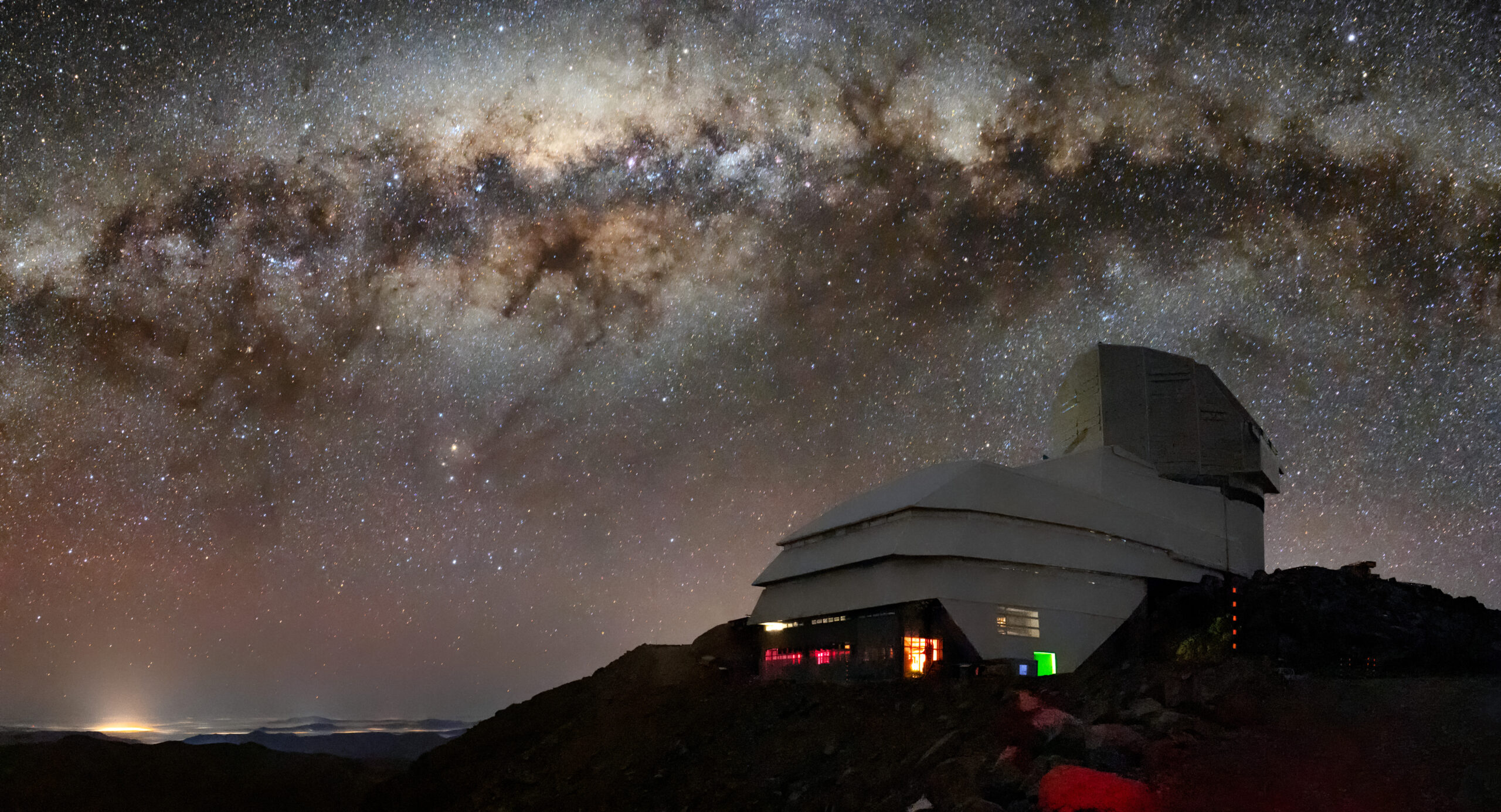
The explosion of a star system will be visible without telescopes
3,000 light-years from Earth a binary system of two stars rotating around each other will soon collapse. This event occurs approximately every 80 years and will be visible for a few days without the use of telescopes. The explosion is expected to occur this year, although the exact date is unknown.
T Corona Borealis, known to astronomers as T CrB, is a system containing a dead white dwarf and an aging red giant, which revolve around each other and in which one of them transfers part of its atmosphere to the companion. This material is heated to a point where a thermonuclear reaction occurs and its prompt eruption, known as a “nova event”, will increase the brightness of the system.
Unlike supernovae, novae do not completely destroy the star, allowing the cycle of feeding and explosion to be repeated in the future. Known recurrent novae are very few and T Corona Borealis is one of them. The last eruptions of this system occurred in the years 1217, 1787, 1866 and 1946.
It is not possible to determine the exact date of occurrence of the explosion. However, astronomers predict that it could happen around May 2024, although it may occur earlier or even months later.
Dr. Ronald Mennickent, researcher associated with the Center for Astrophysics and Related Technologies and astronomer of the Department of Astronomy of the Universidad de Concepción, pointed out that “T Corona Borealis is usually so faint that it is not visible to the naked eye. When the eruption occurs, it will be possible to see it with a brightness comparable to that of the polar star and it will probably remain visible in the sky for some weeks”.
To observe this phenomenon in Chile, the CATA researcher explained that “the nights of May and June are ideal to better observe T Corona Borealis from Chile, since it rises a little higher above the horizon. Let’s hope that these dates coincide with the eruption, to perceive them in better conditions”.
Those wishing to observe the eruption should look in the sky for the constellation Corona Borealis, close to Bootes and Hercules. Once it happens and reaches its maximum brightness, it will dim again for the next eight decades, so it will be the only chance for most of us.
Recent news
-
 Publicado el: 04/07/2025CATA researchers among the best in Chile according to international ranking Research.com
Publicado el: 04/07/2025CATA researchers among the best in Chile according to international ranking Research.com -
 Publicado el: 30/06/2025CATA Director strengthens ties in her second institutional tour
Publicado el: 30/06/2025CATA Director strengthens ties in her second institutional tour -
 Publicado el: 30/06/2025CATA celebrated Asteroid Day 2025 at the Pueblito de Las Vizcachas Park
Publicado el: 30/06/2025CATA celebrated Asteroid Day 2025 at the Pueblito de Las Vizcachas Park -
 Publicado el: 26/06/2025Vera C. Rubin: the telescope that watches the sky and anticipates the future of astronomy
Publicado el: 26/06/2025Vera C. Rubin: the telescope that watches the sky and anticipates the future of astronomy -
 Publicado el: 25/06/2025CATA researchers appointed as Full Professors at Universidad Andrés Bello
Publicado el: 25/06/2025CATA researchers appointed as Full Professors at Universidad Andrés Bello
Categories list
- Acknowledgments 19
- Astrobiology 5
- AstroCluster 1
- Black holes 13
- Corporativo 49
- Cosmology 4
- Descubrimientos 19
- Disclosure 46
- Exoplanets 13
- Extension 4
- Galaxies 17
- Galaxies formation 2
- Inter y Transdisciplina 2
- Local Universe 13
- Publications 5
- Sin categorizar 31
- Solar System 11
- Stellar formation 6
- Technology 9
- Technology Transfer 12


